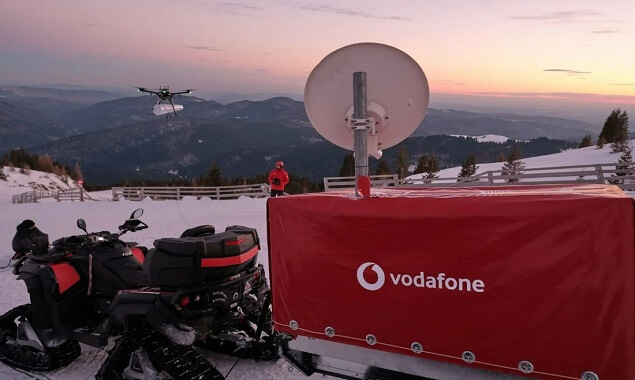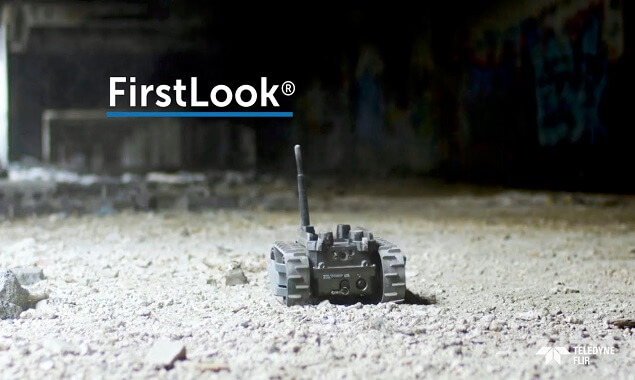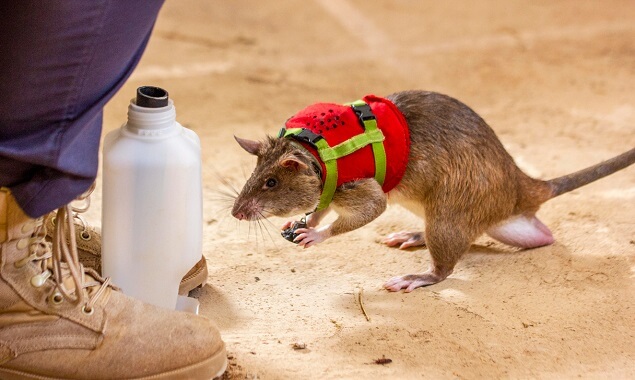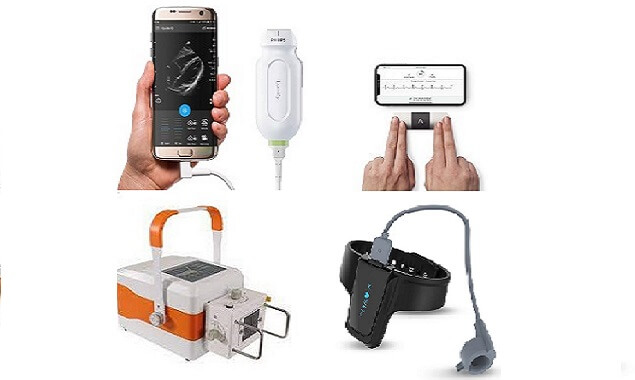
28 Feb Search & Rescue and First-aid Tech
Search and rescue operations play an important role in saving lives after natural disasters. Specialized trained teams are required to rescue people trapped under debris in collapsed buildings. Various technologies are utilized during search and rescue operations in earthquake zones. With the help of new technologies such as developed cameras, lights, and wireless communication devices, search and rescue efforts have become faster and more efficient. Thermal cameras are one of the most important aid tools.
Thermal cameras consist of an optical system that focuses infrared energy onto a detector chip. A color map is created from the infrared energy rays transmitted to the sensor, and each temperature value takes on a different color. As a result, an image consisting of a color scale is obtained on the screen. Hot areas appear dark red and cold areas appear blue. If there are signs of life due to the person trapped under the debris heating up the surrounding area and air, the area where they are located will appear in a different color compared to the surrounding area.
Another example is NASA’s technology called FINDER, which detects those trapped under debris. This device can detect the small vibrations, movements, and even heartbeats created by people trapped under debris by emitting low-energy microwave rays towards the debris and reflecting the rays back. Millimeter-scale positioning can be done with mathematical calculations.
Another technology used in search and rescue operations is wall-penetrating radar. By using the reflection of ultra-wideband signals from the surface they hit, movements behind walls can be detected.
Some companies contributing to search and rescue operations using these technologies are as follows:

Vodafone Romania has found a different solution to accelerate search and rescue operations. They used drones as mobile signal extenders. To provide mobile signal to people who are lost in areas without mobile network coverage, they placed base station equipment on drones. As a result, the equipment can directly communicate with satellites and transmit 5G signals up to a radius of 10 kilometers. Anyone in that area can connect to the data network regardless of their operator and transfer search and image data. If Vodafone’s own application is installed on the phone and location access is granted, officials can accurately locate the person.

The armored robot named FirstLook, developed by Teledyne FLIR, enters the rubble and transmits audio, video, and sensor data to rescue teams. Due to its tracked structure, it can easily overcome obstacles in the rubble and reach its target, and can even right itself if it flips over.
The Delsar live search sensor produced by Savox is a seismic/acoustic listening device that detects live human beings trapped under collapsed buildings. The sound sensors attached to the device are placed far apart and in the same direction. When the device is activated, it receives sound and vibration data and displays the direction of the sound on the device’s screen. If someone trapped under the rubble makes a noise by hitting something, the device can detect it using the receivers.

Belgian researchers are training rats to be used in search and rescue operations in Tanzania. The main goal of these rats, which are originally trained to detect mines, is to be able to detect humans trapped under rubble after 10 weeks of training. During the training period, when a rat goes to a human in a room filled with obstacles and presses a button on its body, it is rewarded with a treat. This way, they learn to press a button on their body when they see a human. They have cameras, microphones, and GPS on them

Proper diagnosis and referral to the hospital are crucial in providing first aid. With advancing technologies, many portable alternatives to large hospital devices are being produced. Some of these devices are as follows:
- The portable EKG device called “Kardia” produced by AliveCor allows you to monitor human heart activity by sending signals to your phone via Bluetooth.
- The compact products of iHealth reflect blood pressure measurement instantly on your phone.
- With the Checkme device produced by Viatom, you can easily access health information such as body temperature, blood oxygen level, and heart rate.
- With Philips’ portable ultrasound device called Lumify, ultrasounds can be performed without going to the hospital.
Portable x-ray produced by Amadeo-P can be used in case of emergencies with an ease.
